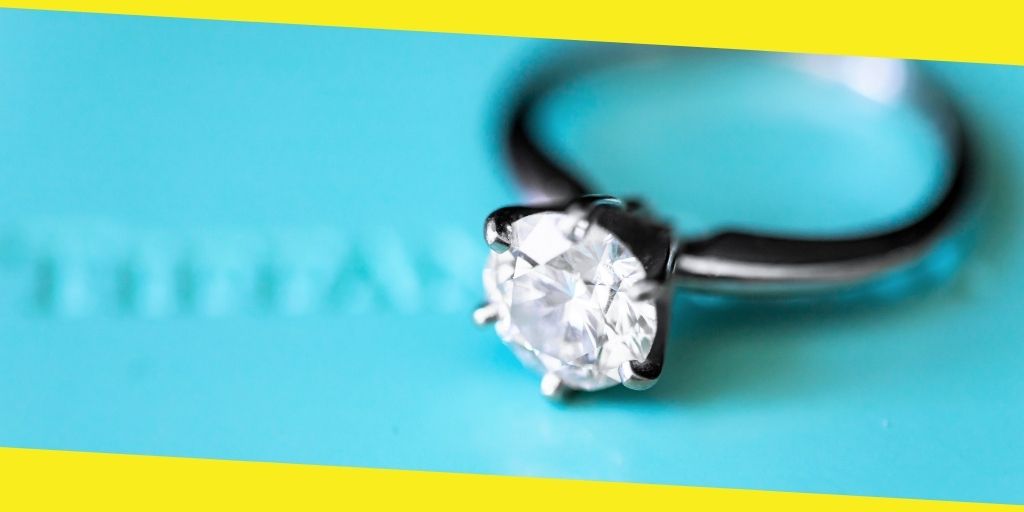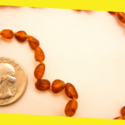How Are Diamonds Cut?
This post was last updated on November 27th, 2021
The whole process a diamond goes through takes it from being a rather dull pebble, covered in dirt and not looking like anything very special to being a perfectly symmetrical and wonderfully shaped stone that seems to hold a rainbow fire gleaming inside – and even just outside too, a diamond will throw out a glittering rainbow of sparkles around itself! The cut is the most dramatic of the steps in this process, removing that dull natural skin and allowing the diamond to reflect and refract the light in ways that seem almost otherworldly! Here is what happens to a diamond on that journey.
Contents
TogglePlanning is Vital
Once mined, the diamonds will be sent to auction and bought up by diamond dealers in lots of anything up to several hundred stones at a time. The prices paid for each stone are relatively low at this time because no one can tell yet what kind of a stone it is: is it a large, internally flawless, D-color treasure, or is it so filled with flaws and fractures that it will crumble to dust under the cutter’s hand (and it has happened!)? The stones will then be sent to the cutter in smaller batches – say, twenty to fifty stones at a time to be shaped into the cut that best shows off the stone’s attributes and the cutter’s skills.
What Shape is a Diamond?
Diamonds form naturally into an octahedron shape, and most cutters use this natural formation as the base shape from which to arrive at their desired end result. They are shaped and cut with other diamonds due to their hardness which resists softer steel and other stones. Blades will be edged with diamond or coated in diamond dust and used slowly and carefully to achieve the desired shape. A diamond is weakest along the tetrahedral plane – part of the natural structure – and this weakness is exploited when the stone needs to be cleaved or cut into two.
The Cut
Broadly speaking, diamond cutting takes five steps as follows:
1. Planning
The cutter will spend a fairly long time studying the stone, examining it under magnification and shining a strong light through it, endeavoring to see any flaws or issues that might affect the cut. Then they begin to plan how the final diamond will look, not even thinking about picking up their tools until they can clearly see the completed stone hidden within the rough exterior.
2. Cleaving
The most hair-raising step of diamond cutting, and one that historically has caused more than one jeweler to faint, due to the success of the maneuver or just the stress of making the attempt! When the cutter can see that there is a large piece of stone needing to be removed – due to imperfections or inclusions, for example, the tetrahedral plane is scored with a diamond edge, made deep enough for a blade to be rested in the groove, and then the cutter strikes a single blow that – with luck and a steady hand – leaves him or her with two pieces, ready to be cut further.
3. Bruting
To brute a diamond is to shape it by rubbing it against another diamond, so they both have an abrasive effect on each other, leaving both stones nicely rounded (or girdled). Often two stones in progress will be bruted together so that the cutter saves time in the process. Diamonds can be bruted in more than one aspect.
4. Polishing
This stage is what most people think of as being ‘cutting’. The stone is polished into its final shape, with the facets being crisply achieved and the right number of faces being demarcated onto the appropriate planes of the stone.
5. Inspecting
Quite similar to grading, inspecting involves the stone receiving an acid bath (a very mild one) to remove any traces of grease or grime, and then being carefully studied – almost as though being graded – and passed as satisfactory to go on to the customer.
It is only after all of this that the stone will pass through the hands of AGS or GIA who will assess and grade the stone, awarding it a certificate of authenticity and deeming it ready for public commerce.
You may like this
Recommended For You
Is It Possible for a Cellist to Become a Violinist?
Most Inside
Most Inside offers high-quality recommendations and valuable updates to enhance all aspects of your life, providing premium guidance and enriching experiences.





